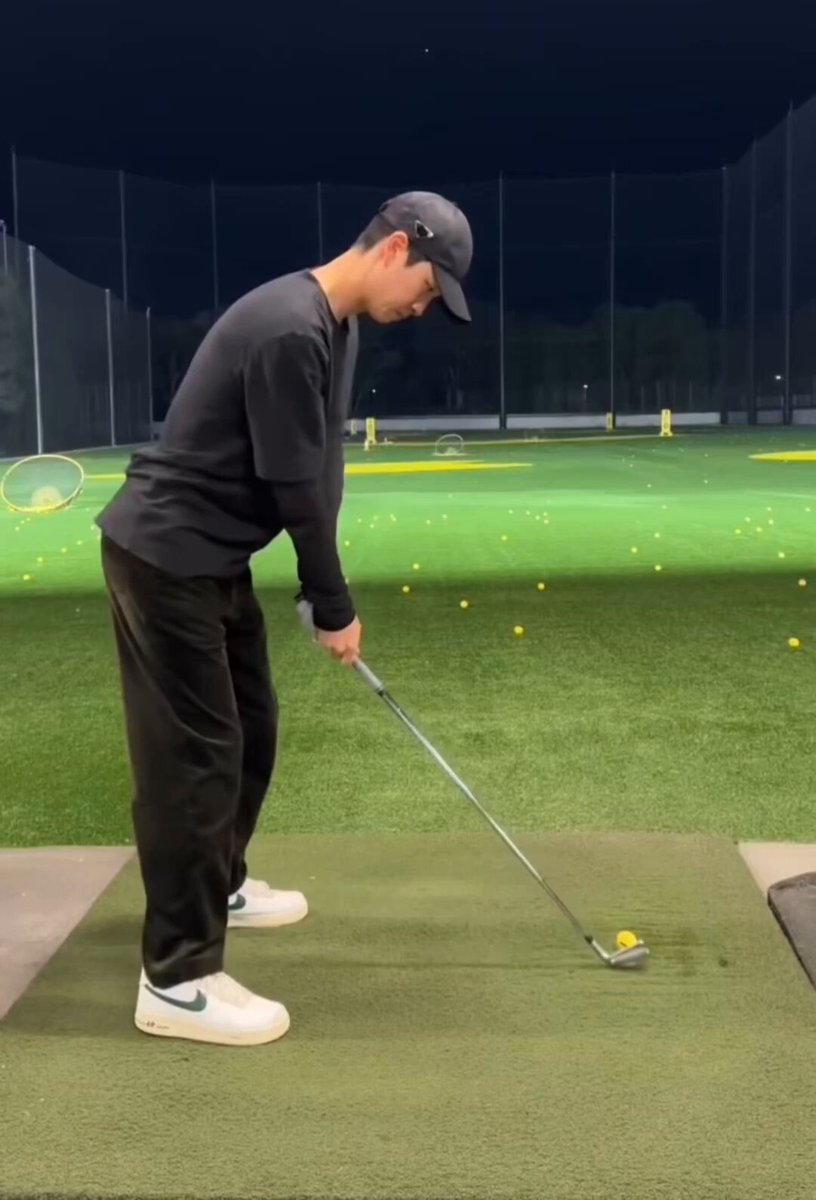Early extension is a common swing fault that can severely impact your golf game. It occurs when a player’s hips move toward the ball during the downswing, causing the upper body to rise and the posture to straighten prematurely. This leads to inconsistent ball striking and loss of power.
Understanding and correcting early extension is crucial for golfers looking to improve their consistency and distance. The key lies in maintaining proper posture and hip position throughout the swing.
What Causes Early Extension?
Early extension often stems from a lack of flexibility or strength in the hips and lower body. When the hips move forward too soon, the golfer’s spine angle changes, forcing the upper body to lift. This disrupts the swing plane and can cause the club to come over the top, resulting in slices or thin shots.
How to Fix Early Extension
One effective way to address this issue is by focusing on hip mobility and stability drills. Strengthening the glutes and core muscles helps maintain posture and prevents the hips from moving forward prematurely. Additionally, practicing swings with a chair or alignment stick behind the hips can provide immediate feedback and encourage proper movement.
Golf instructors often recommend drills that promote a more rotational hip movement rather than a lateral shift. This allows the golfer to stay “behind the ball” longer, preserving the spine angle and improving contact quality.
Benefits of Correcting Early Extension
By eliminating early extension, golfers can expect more consistent ball striking, increased power, and better control over shot shape. It also reduces stress on the lower back, minimizing injury risk.
For a visual demonstration of how to fix early extension, watch the video below from NUCLR GOLF, which clearly illustrates the problem and offers practical tips for improvement.
